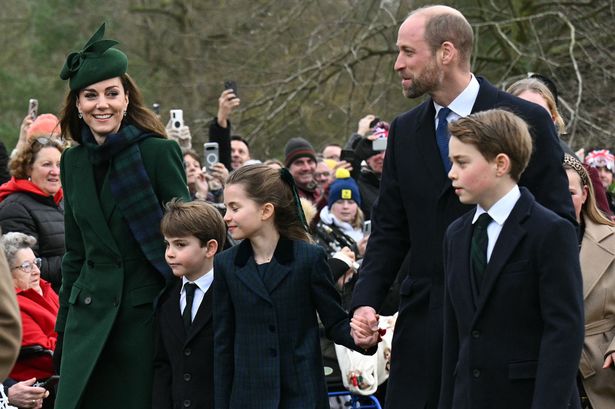Buckingham Palace, a majestic symbol of the British monarchy, stands as a testament to centuries of royal history and tradition. Situated in the heart of London, this iconic landmark has served as the official residence of British sovereigns since 1837, witnessing the reigns of numerous monarchs, each leaving their indelible mark on its narrative. Its imposing facade, adorned with intricate carvings and gilded embellishments, exudes regal grandeur, capturing the imagination of visitors from across the globe. However, beyond the pomp and circumstance, Buckingham Palace harbors a complex and multifaceted history, a story not solely defined by glittering ceremonies and state occasions, but also by the private lives, personal struggles, and enduring legacies of the individuals who have called it home. From the resolute Queen Victoria to the beloved Diana, Princess of Wales, the palace walls have silently witnessed moments of both profound joy and deep sorrow, shaping its unique and often unenviable reputation.
The palace’s evolution from a grand aristocratic town house known as Buckingham House to the epicenter of royal life began in 1761 when King George III acquired the property for his wife, Queen Charlotte. Over the decades, successive monarchs undertook extensive renovations and expansions, transforming the original structure into the sprawling palace complex we know today. Architect John Nash played a pivotal role in shaping the palace’s current form during the reign of King George IV, adding the iconic east front, including the balcony from which the Royal Family greets the public on momentous occasions. Further modifications and additions continued throughout the 19th and 20th centuries, reflecting the changing needs and tastes of the reigning monarchs, while also incorporating modern amenities and adapting to the evolving demands of royal life in the modern era. The palace now encompasses over 775 rooms, including state rooms, private apartments, offices, and staff quarters, each echoing a distinct period in its rich and layered history.
Queen Victoria, the longest-reigning monarch in British history, was the first sovereign to officially reside at Buckingham Palace, establishing it as the central hub of royal administration and social life. Her reign marked a significant shift in the monarchy’s public image, emphasizing domesticity and family values, a stark contrast to the perceived excesses of previous monarchs. While Queen Victoria embraced the palace as her official residence, she also held a deep affection for Windsor Castle and Osborne House, often seeking refuge from the demanding social calendar and the pressures of court life in these more private retreats. Nonetheless, Buckingham Palace became synonymous with the Victorian era, hosting lavish balls, diplomatic receptions, and grand ceremonies that reflected the growing power and influence of the British Empire. It became the backdrop for both personal and national triumphs, solidifying its position as the symbolic heart of the nation.
The 20th century brought both continuity and change to Buckingham Palace. It witnessed the reigns of several monarchs, each navigating the challenges of a rapidly changing world, from two world wars to the rise of mass media and the evolving role of the monarchy in a modern democracy. King George V and Queen Mary presided over the palace during the turbulent years of World War I, transforming it into a symbol of national resilience and steadfastness. The palace gardens were even converted into vegetable plots to support the war effort, demonstrating the royal family’s commitment to shared sacrifice. Subsequent monarchs, including King George VI and Queen Elizabeth II, further adapted the palace to the changing times, embracing technological advancements and engaging with a wider public through radio and television broadcasts. The palace’s iconic balcony became a central stage for royal appearances, allowing the monarchy to connect with the public in unprecedented ways.
Despite its grandeur and historical significance, Buckingham Palace has also been the backdrop for personal dramas and private struggles. Perhaps no royal resident captured the public imagination and faced such intense media scrutiny as Diana, Princess of Wales. Her marriage to Prince Charles, heir to the throne, and her subsequent divorce unfolded under the relentless gaze of the global media, with the palace often portrayed as a symbol of both fairytale romance and eventual heartbreak. Diana’s tragic death in 1997 brought a wave of grief and public mourning, transforming the palace gates into a sea of flowers and tributes, a poignant reminder of the human cost of the pressures associated with royal life.
The legacy of Buckingham Palace remains complex and multifaceted. It serves as a powerful symbol of British sovereignty and tradition, hosting state visits, investitures, and other ceremonial occasions that underscore the monarchy’s enduring role in national life. Yet, it is also a place of private lives, family gatherings, and personal moments of both joy and sorrow, a dynamic interplay between public duty and private experience. As the official residence of the British monarch, it continues to evolve and adapt, reflecting the changing times and the ever-evolving relationship between the monarchy and the public it serves. While the palace walls may not reveal all the stories they hold, they stand as a silent witness to the triumphs, tragedies, and enduring human stories that have shaped the course of British history, contributing to its unenviable, yet undeniably fascinating, reputation.














